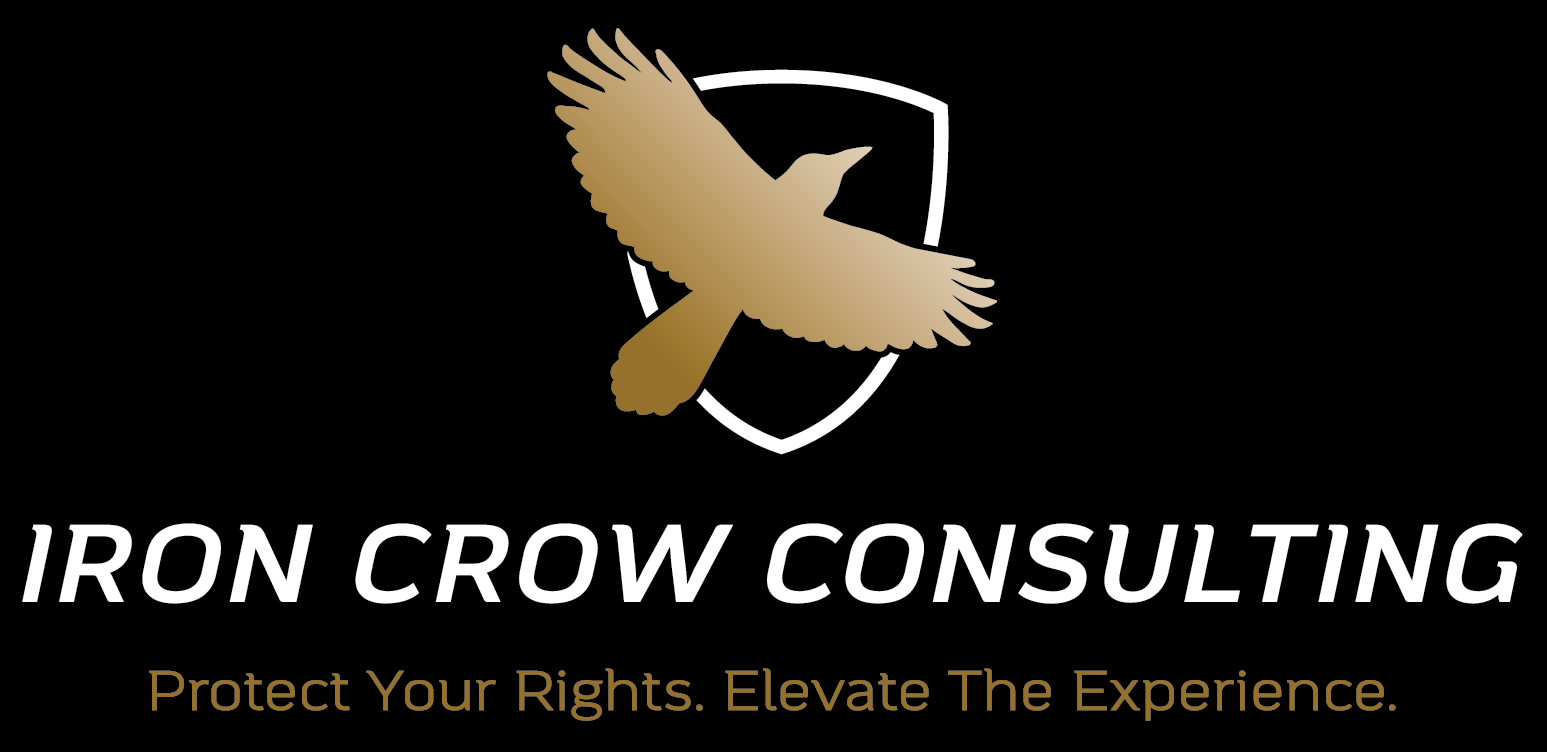Retained Expert Loss Consulting
When a public adjuster handles claim evaluations and consultations, their primary goal is to assess the extent of the loss, understand the policyholder's coverage, and provide expert advice on how to proceed with the insurance claim. This process involves several key steps and strategies to ensure the policyholder is well-informed and positioned to receive the maximum compensation allowed under their insurance policy.
Consultation
1. Initial Consultation: The public adjuster meets with the policyholder to discuss the circumstances of the loss, review the insurance policy, and explain how they can assist in navigating the claims process. This step often involves answering the policyholder's questions and setting expectations for the claims process.
2. Policy Review: As mentioned previously, the adjuster conducts a thorough review of the insurance policy to identify coverages, limits, deductibles, exclusions, and any specific conditions that might affect the claim. This review is crucial for strategizing the claim approach.
Evaluation
3. On-site Evaluation: The adjuster visits the site of the loss to inspect and document the damage. This may involve taking photographs, measurements, and notes that will be used to support the claim. They may also consult with construction, restoration, or engineering experts to accurately assess the extent and cost of the damage.
4. Damage and Loss Assessment: Utilizing their expertise and possibly the input of other professionals, the adjuster estimates the cost to repair or replace the damaged property. This includes creating detailed inventories of damaged personal property and calculating business interruption losses if applicable.
5. Claim Preparation: The adjuster compiles all necessary documentation to support the claim. This includes the preparation of a detailed "proof of loss" statement, which is required by the insurance company to process the claim. The documentation will cover all aspects of the loss, including structural damage, content losses, and any additional expenses incurred.
6. Claim Submission and Negotiation: Once the claim is prepared, the adjuster submits it to the insurance company on behalf of the policyholder. They then engage in negotiations with the insurance company's adjuster to settle the claim. This involves advocating for the policyholder's rights and working to secure the highest possible settlement.
Further Consultation
7. Advising on Settlement Offers: When the insurance company makes a settlement offer, the public adjuster evaluates it to determine if it's fair and in line with the policyholder's coverage and the extent of the damages. If the offer is inadequate, the adjuster will continue negotiations.
8. Resolution and Recovery: The public adjuster aims to resolve the claim efficiently while maximizing the policyholder's recovery. They assist the policyholder through the final settlement process and can provide advice on repair or replacement options.
Throughout the claim evaluations and consultations, public adjusters serve as the policyholder's advocate, leveraging their expertise to navigate the complexities of the insurance claims process. Their involvement can significantly influence the outcome of a claim, often leading to a more favorable settlement for the policyholder.
Contact us
(254) 766-2769
INFO@IRON-CROW.COM
2775 Villa Creek Drive, Suite B219,
Farmers Branch, Texas, 75234
TX Agency: 2994670
Business Hours
- Mon - Fri
- -
- Saturday
- Appointment Only
- Sunday
- Closed
Iron Crow Consulting
This website has been built to be accessible for all users. If you experience any difficulty in accessing this website, please contact us for assistance.



